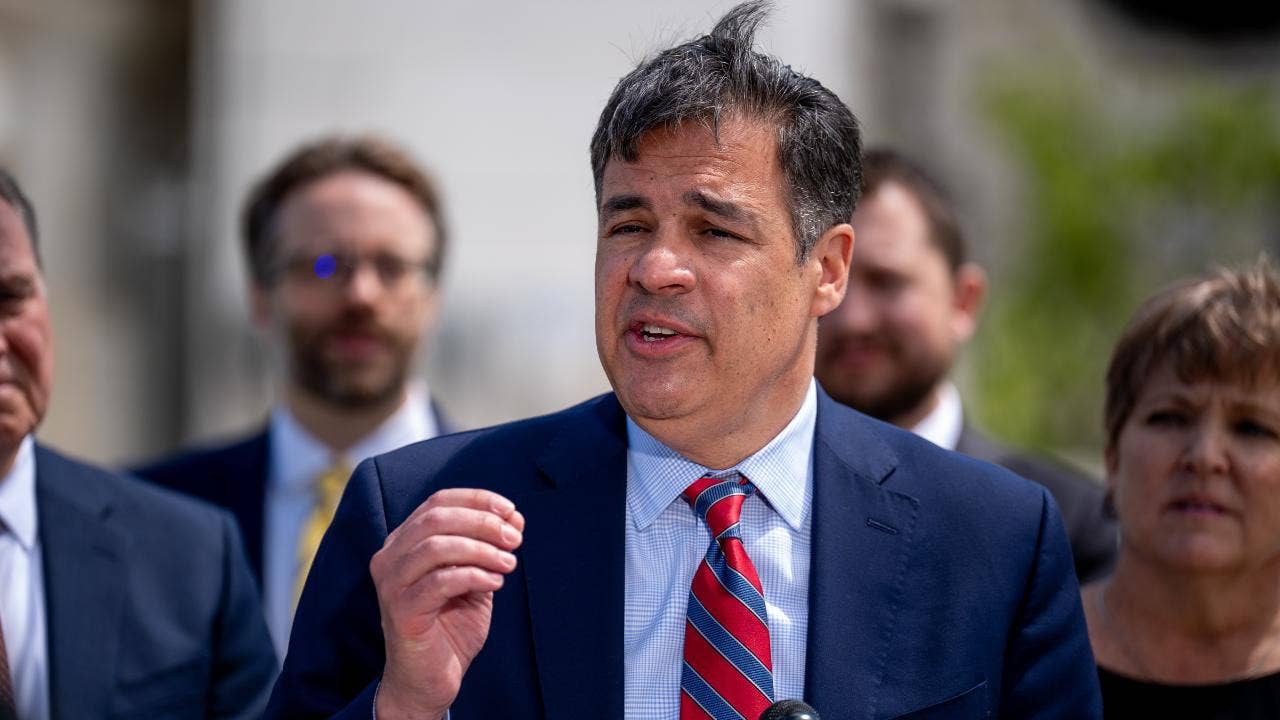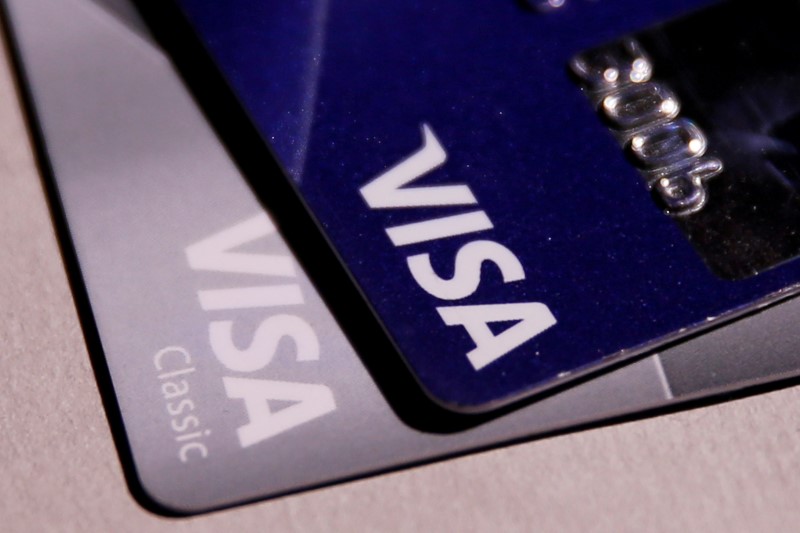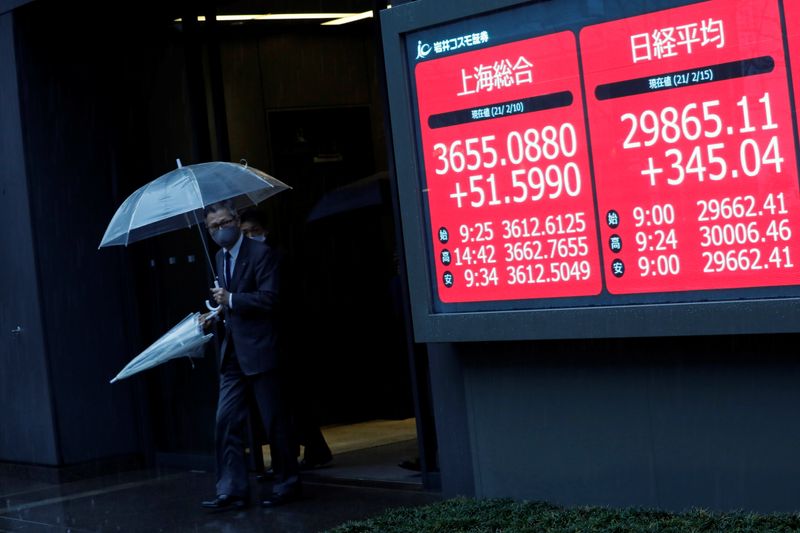By Sruthi Shankar and Ankur Banerjee
LONDON/SINGAPORE (Reuters) – World stocks hit a record high on Tuesday after China unveiled stimulus measures to support its economy and stock markets, sending Asian and European shares higher and triggering a bounce in commodity prices.
People’s Bank of China Governor Pan Gongsheng announced plans to lower borrowing costs and inject more funds into the economy, as well as to ease households’ mortgage repayment burden. Pan also said China would roll out structural monetary policy tools for the first time to help stabilise capital markets.
The moves sent Chinese stocks higher, with the blue-chip CSI300 index and the index surging more than 4% each. Hong Kong’s jumped 4.1% to a four-month high.
“The immediate reaction is certainly positive for markets because the measures have been more forceful than the previous ones we’ve seen from policy makers,” said Ecaterina Bigos, chief investment officer of core investment (Asia ex Japan) at AXA Investment Managers.
“But for us to see a sustained impact of all these measures, we need to see some support from the fiscal side as we move to the year end.”
Chinese stocks have been laggards in Asia, with the CSI300 index down 2.3% this year after having hit multi-year lows as piecemeal stimulus from authorities failed to galvanise markets.
The pan-European index rose 0.6%, with China-exposed mining and luxury stocks in the lead. Germany’s blue-chip traded just below all-time highs. ()
The MSCI world stocks index gained 0.3% to touch a record high. Futures pointed to a muted open on Wall Street. [.N]
The upbeat mood sent commodity prices higher too, with oil prices up more than 2%. prices jumped to a 10-week high, aided by expectations of improving demand in top consumer China. [O/R] [MET/L]
Iron ore futures trading on China’s Dalian Commodity Exchange logged their largest intraday gain in more than a year. [IRONORE/]
Gold prices touched a record high of $2,639.95 as escalating tensions in the Middle East fuelled safe-haven flows. [GOL/]
RBA STICKS TO ITS GUNS
The Reserve Bank of Australia held interest rates steady, as expected, and reiterated that policy needed to stay tight, in contrast to the U.S. Federal Reserve which started its easing cycle with a 50 basis point (bp) cut last week.
The Australian dollar was up 0.1% to $0.6846, having touched its strongest level of 2024 earlier at $0.68695.
The U.S. dollar touched a 20-day high against the yen, continuing to strengthen after the Bank of Japan last week signalled it was in no rush to raise rates. Dollar/yen was last up 0.3% at 144.06.
In a speech at a meeting with business leaders in Osaka on Tuesday, BOJ Governor Kazuo Ueda said it can afford to spend time scrutinising market and overseas economic developments in setting monetary policy.
Meanwhile, markets are currently evenly split on whether the U.S. central bank will go for another 50 bp cut or a 25 bp cut in November, the CME Fedwatch tool shows. They are pricing in 76 bps of easing this year.
Brown Brothers Harriman Senior Markets Strategist Elias Haddad said the market was overestimating the Fed’s capacity to ease policy. “However, it will likely take strong U.S. jobs data to trigger a material upward reassessment in Fed funds rate expectations.”
The next non-farm payrolls report is due Oct. 4 and, until then, Haddad said a more dovish Fed and a strong U.S. economy will support market sentiment and further undermine the dollar against growth-sensitive currencies.
The , which measures the U.S. currency against six rivals, was a touch lower at 100.86, not far from the one-year low of 100.21 hit last week. [FRX/]
The euro edged 0.1% higher to $1.1123. The single currency dropped about 0.5% on Monday as soft business activity reports for the euro zone economy raised expectations for more rate cuts by the European Central Bank.
Read the full article here















